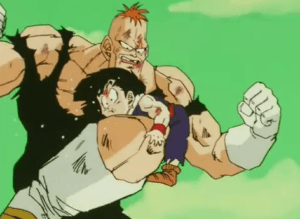 Anime has good storylines…but terrible story telling. There are 6 pacing problems that are unfortunately common in anime. These problems sometimes even turn me off to anime. It is sad that anime is plagued by problem conventions. The medium could achieve much more if it could cast them away and tell a story properly. There are a lot of anime that do; they tend to be considered the best the genre has to offer. What if all anime did that?
Anime has good storylines…but terrible story telling. There are 6 pacing problems that are unfortunately common in anime. These problems sometimes even turn me off to anime. It is sad that anime is plagued by problem conventions. The medium could achieve much more if it could cast them away and tell a story properly. There are a lot of anime that do; they tend to be considered the best the genre has to offer. What if all anime did that?
Blathering During Fights
Most anime fights are more gums flapping than action. So many hours of my life disappeared into the dark maul of boasting about prowess and how their opponent isn’t as powerful. Bleach and Dragonball are especially bad at this. It just hurts the flow of the story. When characters fight, they should fight. Jawing about this or that attack, outfit, or (even worse) explaining a ponderous attack just kills the suspense. Violence must be swift, brutal, and decisive for it to have impact.
If an attack takes an entire episode to explain and perform something is wrong with the storytelling. An attack should take no more than 1 minute. Seriously, charging up for an attack and blathering about how long it took to train for 5 minutes while the enemy just stands there and watches is simply terrible. Suspense bleeds by the second. Boasting just makes characters look like buffoons, and even makes the viewer want that boasting ass to be kicked (hero or not).
Backstory

Not every freakin’ character needs an extensive backstory. Even worse, telling a backstory during a dramatic final fight. Nothing kills the mood faster than a villain and hero yammering about what happened in the distant (or not so distant) past when they should be brutalizing each other. We should know what a villain is about long before we get to the final conflict.
Oh, I forgot to mention…Really, most viewers don’t care; we just want to see the action or drama resolve.
I don’t care if the character’s momma made him want to kill hundreds of people with a spoon. Villains are supposed to be mysterious. Jumping into a backstory right before the villain dies doesn’t make me feel sympathy…it only makes me feel annoyed.
It is unacceptable in a novel to jump into a backstory during final scenes, yet in anime it’s the norm. Villains and heroes must be developed before the final conflict. It makes the conflict more dramatic if we know the jist of who the villain is. Again, we don’t need to know EVERY LITTLE detail from childhood.
Unneeded Characters
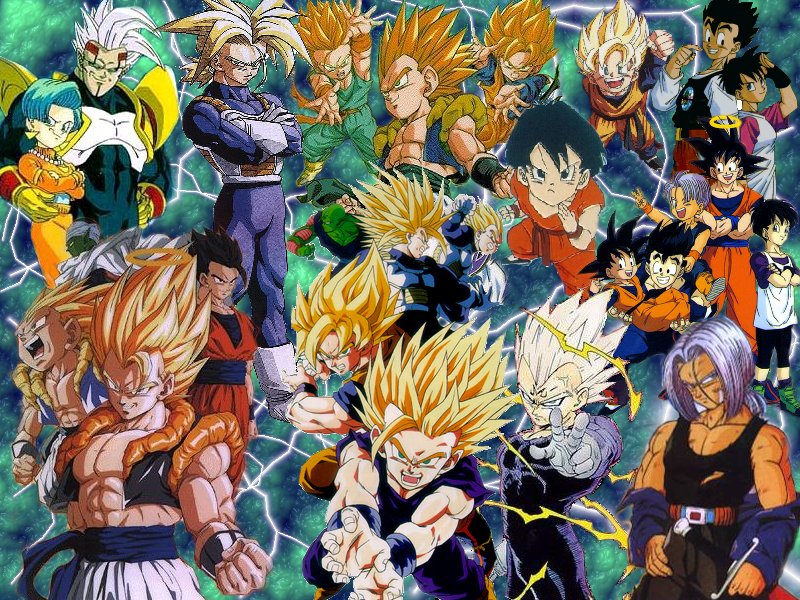
If a character doesn’t contribute to the story, he/she should be expunged from the record. So many anime are weighed down by a HUGE cast of characters (all with extensive backstories I might add) that do nothing to push the plot forward. Bleach, I’m looking at you. It gives the viewer whiplash to zip between this and that character’s small, unrelated and unimportant, side story or fight. Sure the character was cool…at first, but get back to the damn story.
The main character only appears to shove the story forward before being buried under various unnecessary subplots again. The main characters should be, well, the MAIN focus of the story.

Sure, every fan has their favorite sub-character, but that doesn’t mean you have to dedicate significant time on each of them. Briefly mention what they are doing in the dialogue. Let the fan fiction flesh out their story. Or do a movie that stars them. Just don’t let them take over the story. Also, don’t make the characters tedious when they do contribute to the plot. Gosh, some minor characters slow already slow stories to a snail’s pace.
If a subcharacter isn’t necessary, kill ’em. At least you can add a twist to the story and up the suspense and risk if done right. “Oh, WOW! They actually let ________ die after being so important…I wonder what will happen to the main characters now?” If pseudo-imporant “good guys” don’t die, there isn’t any risk to the main characters. No risk means no suspense.
Philosophy
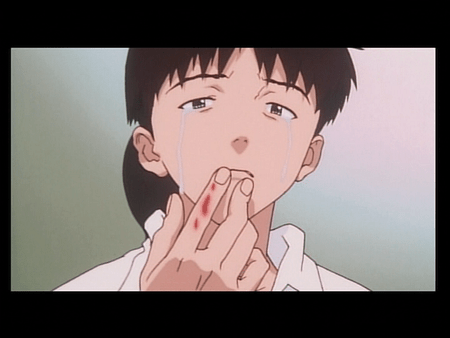
The mecha genre is notorious for thinking too much of itself. They try to get too deep in philosophy and questions of life when the story just involves big-ass robots fighting each other. Most mecha involves teenagers trying to understand a life they haven’t lived yet. They just come off as emo. After awhile the viewer wants to cut their own wrist; it might just make the story seem a more exciting. Leave the life philosophizing to adults.
It doesn’t help that everyone waxes philosophical when they supposed to be fighting or doing something important in the plot. It doesn’t help these philosophical musings tend to be enormous diatribes.
Deus Ex Machina
Anime uses “god out of the machine” to wrap up their plot lines. Miraculously an item arrives or a latent ability is discovered that gets the character out of an otherwise hopeless situation. Usually this happens when the author doesn’t have the balls to let one of their many unneeded characters die. No hints or foreshadowing. The character can just immediately do this “cool” move that completely nullifies the vector of the story. Latent abilities only work if they are foreshadowed properly.
I always get my hopes up. “Hey! Maybe they will finally knock off this sub-character….Nope, didn’t think so.”
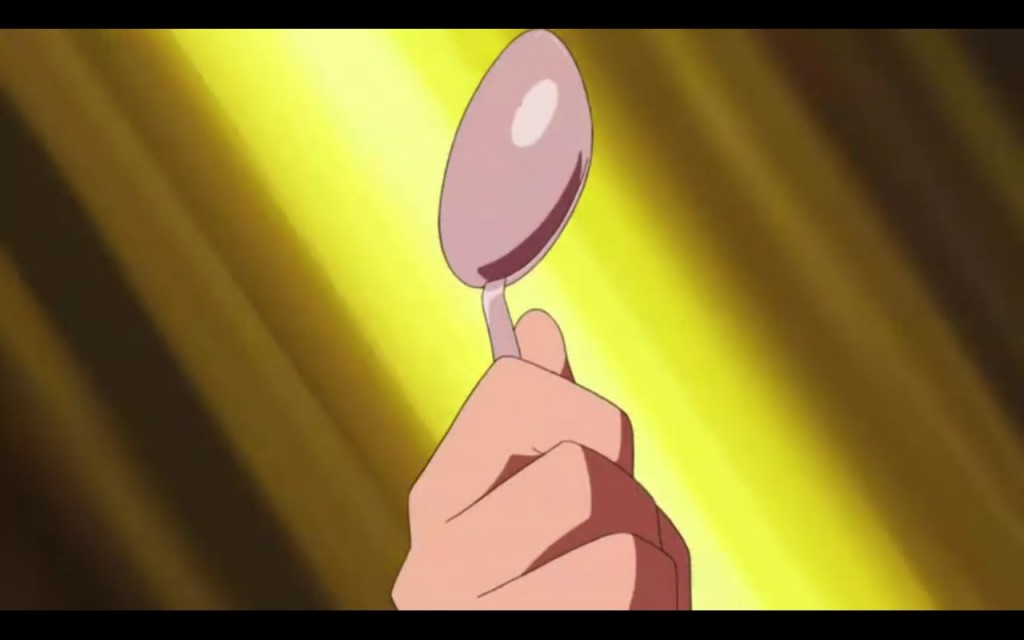
Whenever deus ex machina is employed, it’s obvious the author has no clue how to end the current plot line (*cough* let the character die *cough*). It really hurts an otherwise good plot, and makes the viewer trip in their suspension of disbelief.
No Ending in Mind
Anime is full of fillers and padding. Often it feels like that publishers and authosr just seek to milk a franchise for all its worth. It is okay for a series to go off air until the storyline is completely finished instead of filling it with unrelated and (even more) poorly paced plots. Even better, wait to produce the anime until the story is completely finished.
Some anime just feels like it is done by the seat-of-the-pants with how the story meanders aimlessly. Fights are especially prone to needless padding, like all the boasting and other yammering I mentioned.

Anime like Samurai Champloo, Cowboy Bebop, Fullmetal Alchemist, and Eureka Seven drew me into the art form. Each have a set length of episodes. They had an end in mind. Every anime could benefit from this. Knowing there are only 52 episodes to tell the whole story helps the pacing considerably. It slices out all the problems I mentioned in this article and gives the anime a trajectory.
Anime is a rich medium for storytelling. Storytelling needs to remain the focus. Anime often has sweeping, ambitious ideas. It often tries to do too much. Good storytelling requires a focus in characters and a set beginning and ending. Shows like Dragonball Z and Bleach are enjoyable up to a point. After awhile they just become too bloated and tedious. Both could be slashed down to just 150 episodes or less if they would just focus on the main story. Anime needs to stop trying to do so much.
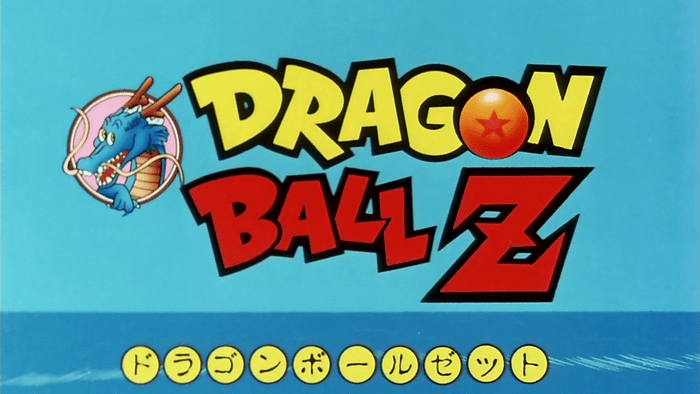

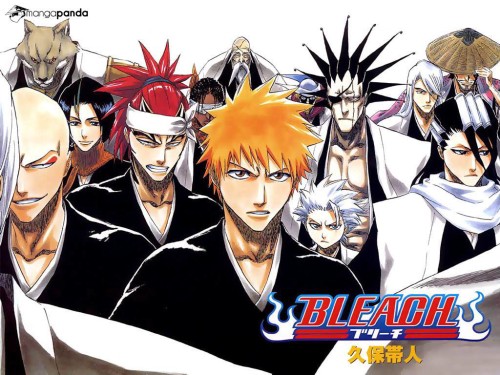
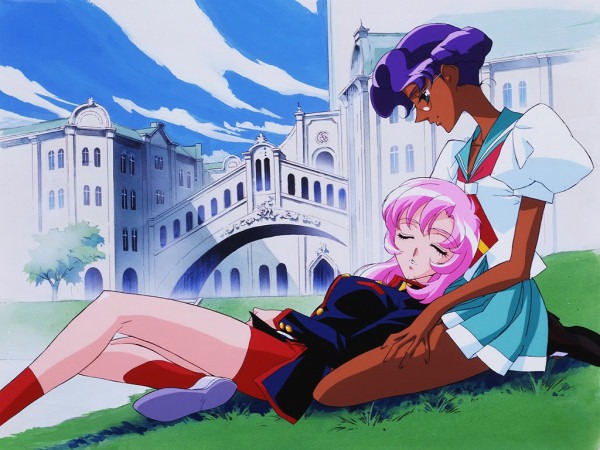
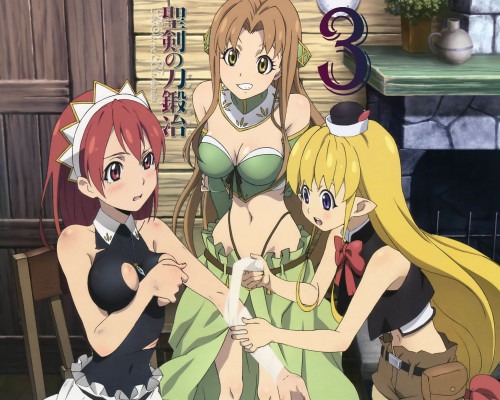
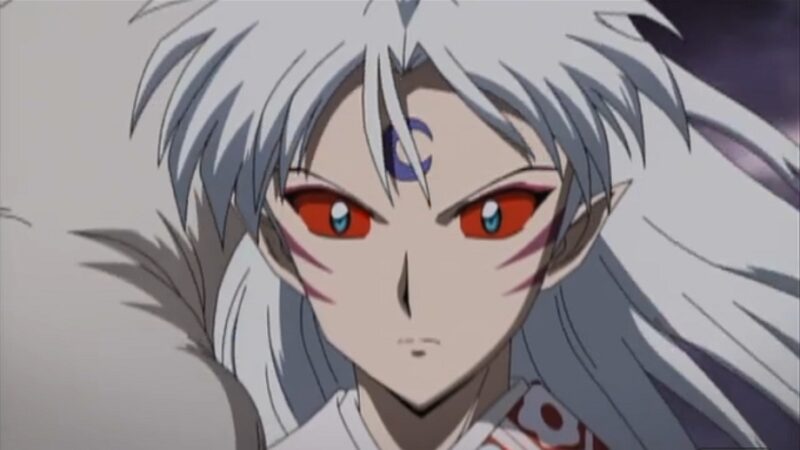
My kids keep trying to introduce me to these anime where the bad writing very quickly turns me off. The incessant yammering about fight moves while the fight is happening, endless exposition dumps every episode, events that could easily fit into one episode placed into 6. Sometimes I’ll tolerate the bad writing because I love the art style (soul eater). Most, especially the long ones, feel like they could have been 10 times shorter (one piece, DBZ).
Ultimately it comes down to budget. Mouths are easy to animate. covered mouths are even easier to animate (fist of the north star, ranma). Actions, not easy to animate. How many events just end up being a pan across a still frame or talking over a still frame?
If someone says “it gets better after the 15th episode. ” I skip to the 16th episode. (Berserk)
I wish there was more showing and less telling. More like Cowboy bebop, Akira, princess mononoke, flcl. Unfortunately these are pretty rare in a really dense market.
To be fair, I’ve seen many American TV shows that suffer from the same issues anime does. The long running series often go on past the point they should’ve ended. You’re right about the budget. One of the best animated anime I’ve seen recently is Pokemon Sun and Moon. While not everyone likes the art style, the show has excellent animation for being a children’s show.
It’s certainly a problem when a show has to run for 15 or more episodes before it gets interesting.
It’s way more annoying in anime, and American shows mostly suffer from other types of problems. The actual dialogue is usually dumb in American television, but compared to anime it’s Shakespeare. This is not just a translation issue, dialogue in anime is like realistic firearm behavior in movies: most of the people making it clearly don’t give a shit, and are marketing for morons and children, or social retards who don’t even know what human interaction is like.
I wouldn’t say American television dialogue is Shakespeare compared to anime. Both have quality and terrible storytelling. After all, both have thousands of stories, so we can’t generalize.I’ve seen terrible American films and terrible anime. I found them equal in their badness.
Try Sailor Moon (original not the the crystal one), it’s a comedy action adventure with dark elements. The fridge logic will get you hard if you think about what’s really going on. As always I recommend watching the sub versions of any anime never teh English dub as a lot is cut out. Parasite is another good one, Death Note, Dr. Stone, My Hero Academia – all have very good plot lines.
Good anime but has problems; like they don’t know how to do time transitions and will cause some confusion:
Naruto, Naruto: Shipton, Fairy Tail, One Piece
Watch the stows for the plot and characters drawing style doesn’t matter when you find yourself bawling your eyes out. (And then you realize you like the style now,lol.)
Fairy tail taught me how to make my readers care better then any writing blog article. Get to Mavin’s back story…
(Shipton and Mavin might be misspelled. a search will help you, I’m to tired to look. good night, have fun!)
I only count six.
Thanks for pointing that out! Fixed.
Maybe I’m just seeing things pessimistically, but I don’t think it’s entirely untrue to say that there’s been a shift in social desire away from quality in storytelling and towards quality in production values. Not that I’m “pining for the good old days” or anything like that, but looking back on what was “the best of it’s time”, there used to be more emphasis on making up for poorer production values through creativity in storytelling. These days it’s rarely anything more than a combination of great quality animation (not necessarily creative animation) and hyper-charged emotions.
Not all anime is moving away from storytelling; there are just enough poor storytelling elements in all anime (new and old) to cause problems for the genre. I spent a lot of time beating up on Bleach and DBZ in this article, because they have moments of greatness. There are times when the storylines are tight and well paced…only they drop the ball soon after.
Hollywood is also ditching story for production values and hyper-charged emotions. The trend isn’t isolated to anime.
It is an unfortunate trend that we can reverse. We should only purchase anime (and Hollywood movies) that have well paced storylines combined with creative and excellent quality animation.
I so agree with that list notice how most of the list involves Dragonball Z hmmm what does that say I disagree with Neon Genesis not needing the deep plot at the time all you saw was robots bashing each other in Neon wanted to be different so it could last and considering its lasted for more than 15 years in one form or another it shows Ghost in the Shell I agree with I actually like it better than the similarly themed movie Blade Runner it should be watched by anyone calling themselves a sci fi otaku
I mainly focused on DBZ and Bleach because they are the poster children for the more obvious story problems anime exhibits.
Neon Genesis’ story was ruined by Shinji and the other characters. Shinji never really grew up and that ruined the series for me. Now the Rebuild of Evangelion is pretty good. I am looking forward to Eva 3.0. The storyline is better paced and Shinji isn’t as much a wrist-cutter. He shows signs of maturing.
The mecha genre has a problem with taking itself too seriously.
Ghost in the Shell heavily influenced the entire field of science fiction. Matrix, Blade Runner, and even the later Star Wars movies pull from the movie. GoTS is a good example of how influential and powerful a well done anime can be.
Just a correction, Ghost in the Shell did not influence Blade Runner. If anything, it would be the other way around.
Blade Runner was based (albeit very loosely) on Philip K. Dick’s book “Do Androids Dream of Electric Sheep?” which was published in 1968. Blade Runner was released in 1982; Ghost in the Shell started as a manga in 1989, the movie being release in 1995.
Thanks for the correction! I didn’t do my homework on Blade Runner, I noticed the similarities and jumped to a wrong conclusion.
I totally disagree with you.Especially with DBZ. Bleach had some major inconsistencies at the end. But I think the monologues and back story are so essential to convince me that the new villain is more powerful than he last. This is even more necessary when it come to the extremes in power levels that you experience in the franchise. As a character designer its easy to come up with a new bad guy or hero but as a viewer you need to convince me that this new threat is definitely more remarkable than the last. Further more I need to believe my hero has not just won the battles on a bias but because he truly has gained new skill.DBZ did it best in my book as far as consistency is concerned. For instance when you meet frieza the first time after vegeta was the worst villain we had ever seen.The nuances in the back story make the characters more believable in these worlds they creates. Its not about the quick fights, its about what builds to it and what laws govern the fight.Boxing would seem stupid to an MMA fighter being boxers cant grapple or use feet, unless the MMA fighter was given the rules, and that’s what the monologues and back story do. Bleach made spells interesting because they put you into the mind of the character, same thing with naruto, otherwise you have something like harry potter with people swishing wands and saying words that make no sense because no explanations are given hence when harry wins in the end it all seems cliché. Anime tries to be a bit more technical, which I appreciate.This is why marvel or DC characters never feel as powerful as DBZ characters for people who know the DBZ mythology. The execution on screen also makes them seem more powerful, that’s why western studios are getting Japanese animators these day, but it runs deeper in my opinion. DBZ by all measures was the most successful at this as far as am concerned. Anime isn’t for everybody I guess.
I am not against back-story. I am against how back-story is done. In a novel, proper back-story is peppered throughout the main plot. Flashbacks are considered bad form because they jar the reader. It is best to tell the story of the past through present events and actions. Certainly, we need to understand a character to develop a connection. However, the way anime often does this is poor storytelling. It is hard to do flashbacks well. Granted, some of the conventions are the legacy of ritualized samurai combat. Samurai would announce themselves, their achievements, and their lineage before killing each other.
I agree that the villain needs to be threatening. The hero needs to grow in order to overcome the villain’s challenge. However, this can still be done without flashbacks or mid-fight diatribes. Villains need to be built up before the hero even fights them. Aizen, in Bleach, would be much more terrifying if he would personally have killed or subverted most of the Soul Society captains, for example. The hero must have a villain that is threatening.It is the villain that makes the hero feel powerful. DBZ does this part well.
Anime isn’t the only medium that suffers from villain diatribes. James Bond movies are known for expository villain chats.
I enjoy Dragon Ball Z Kai. It fixes the issues I had with the original series. The story’s pacing is tighter than the original Z series.